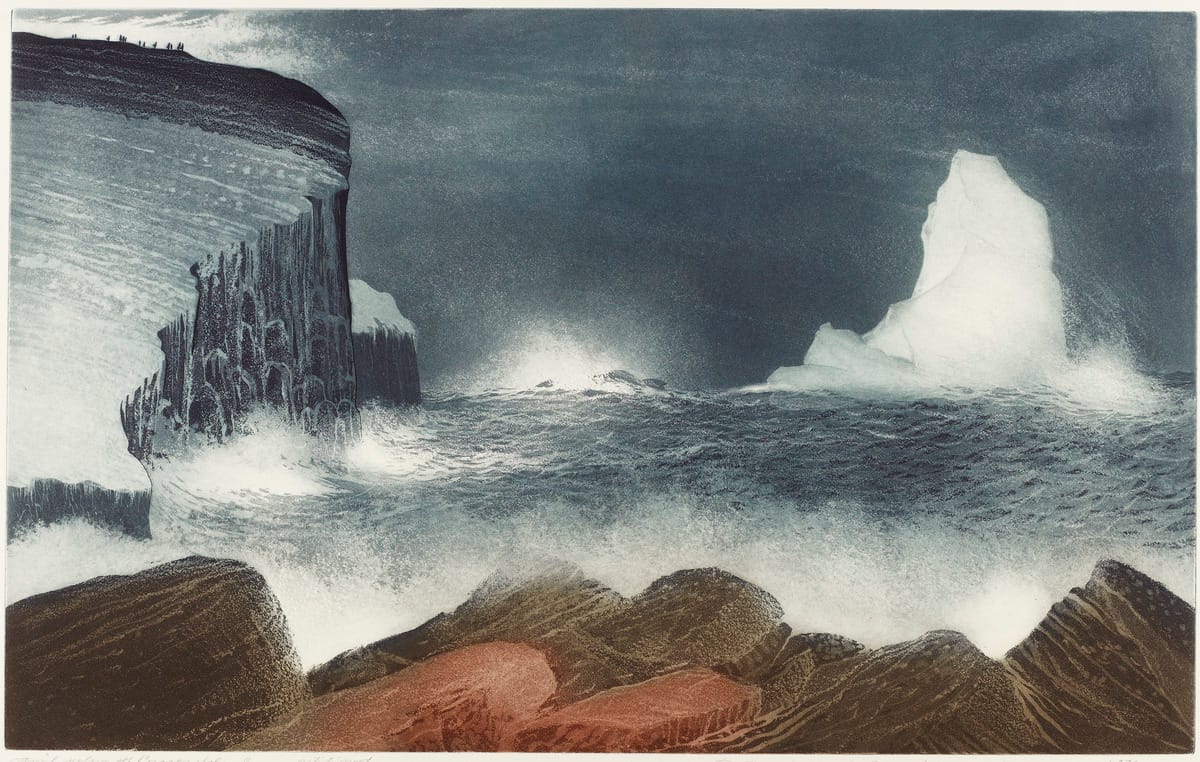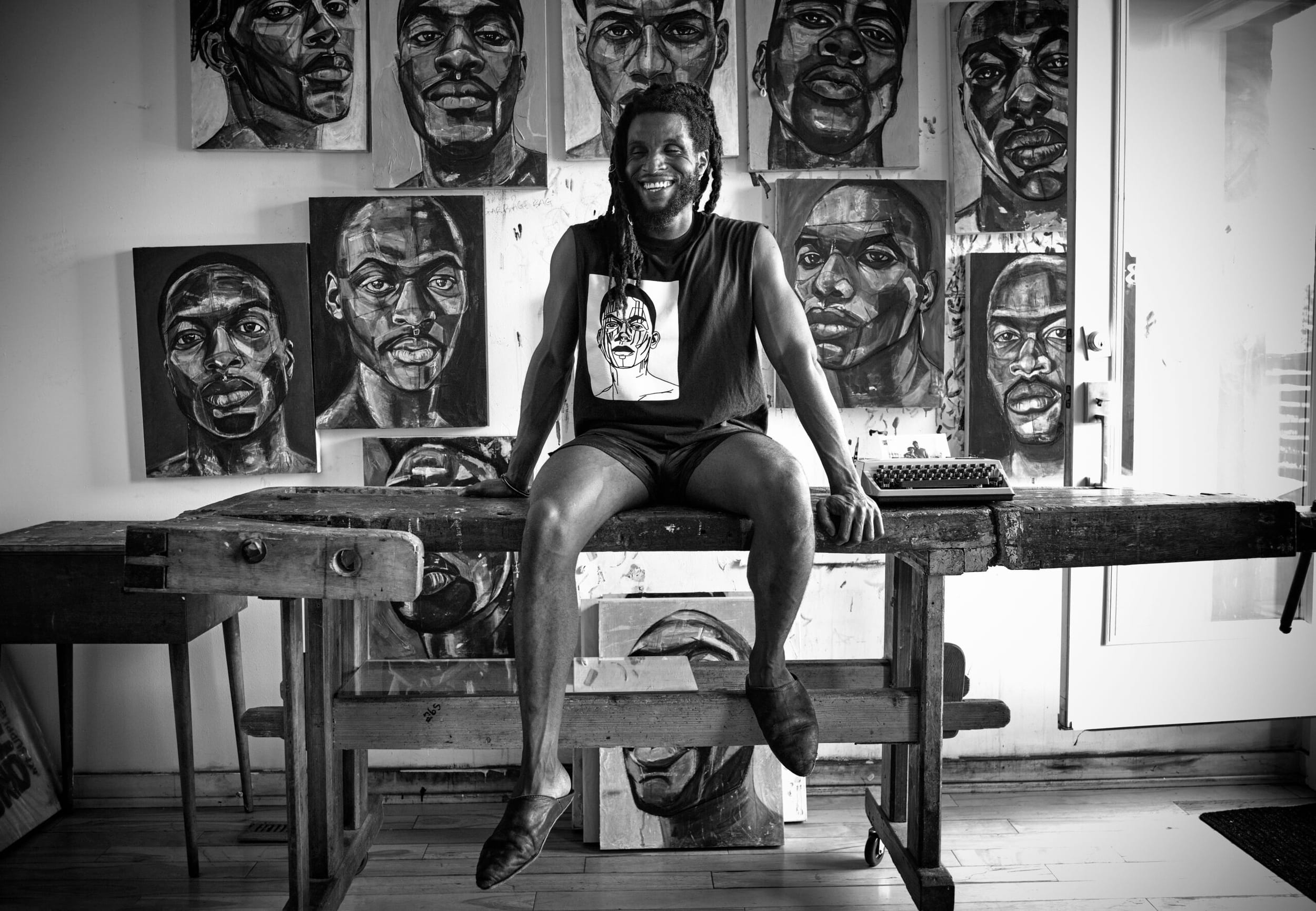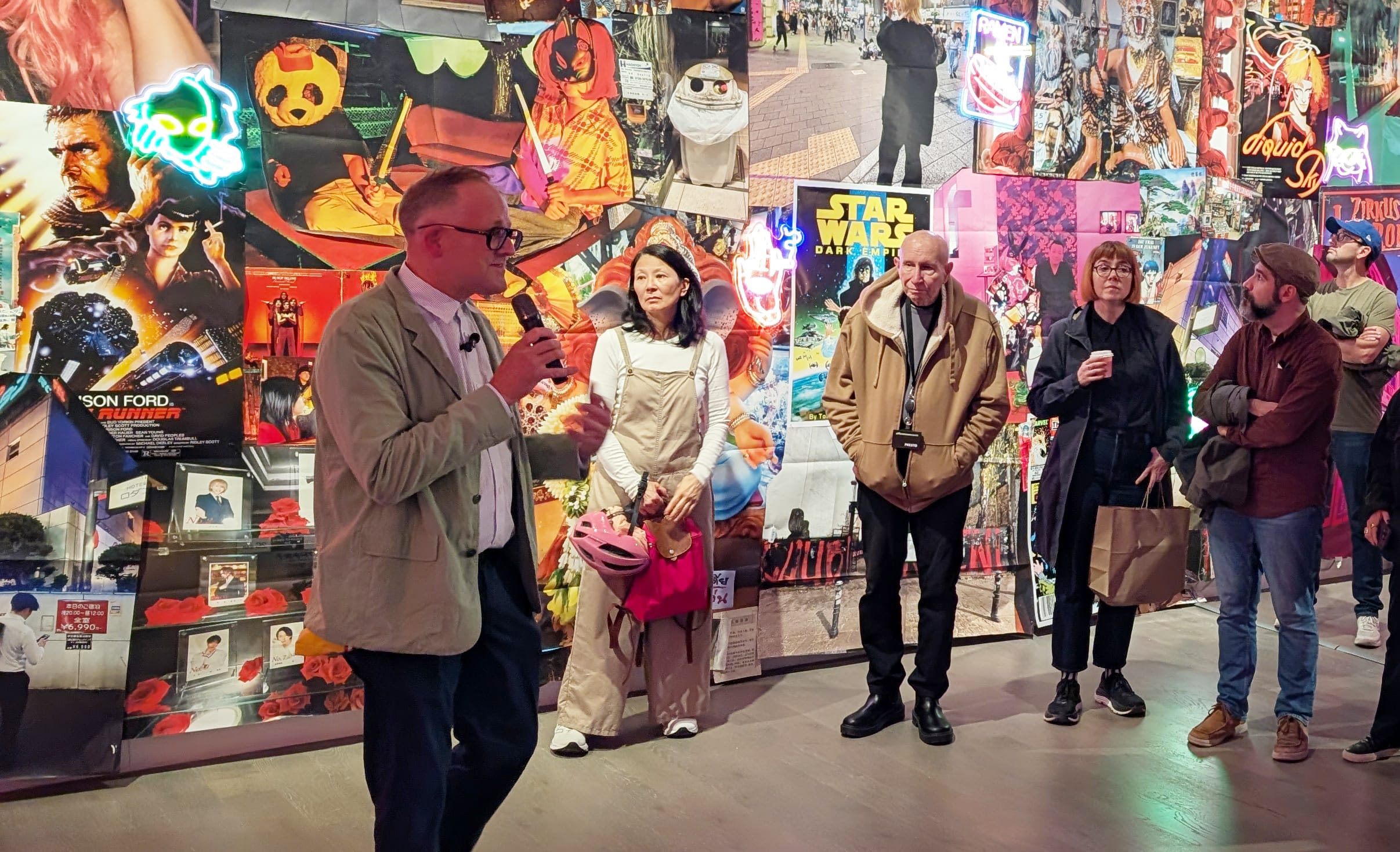An Art Show for a Building and a Moment
A preview of the upcoming exhibition DECADE, opening in February, which celebrates ten years of art making at Artscape's hub on Shaw Street in Toronto.
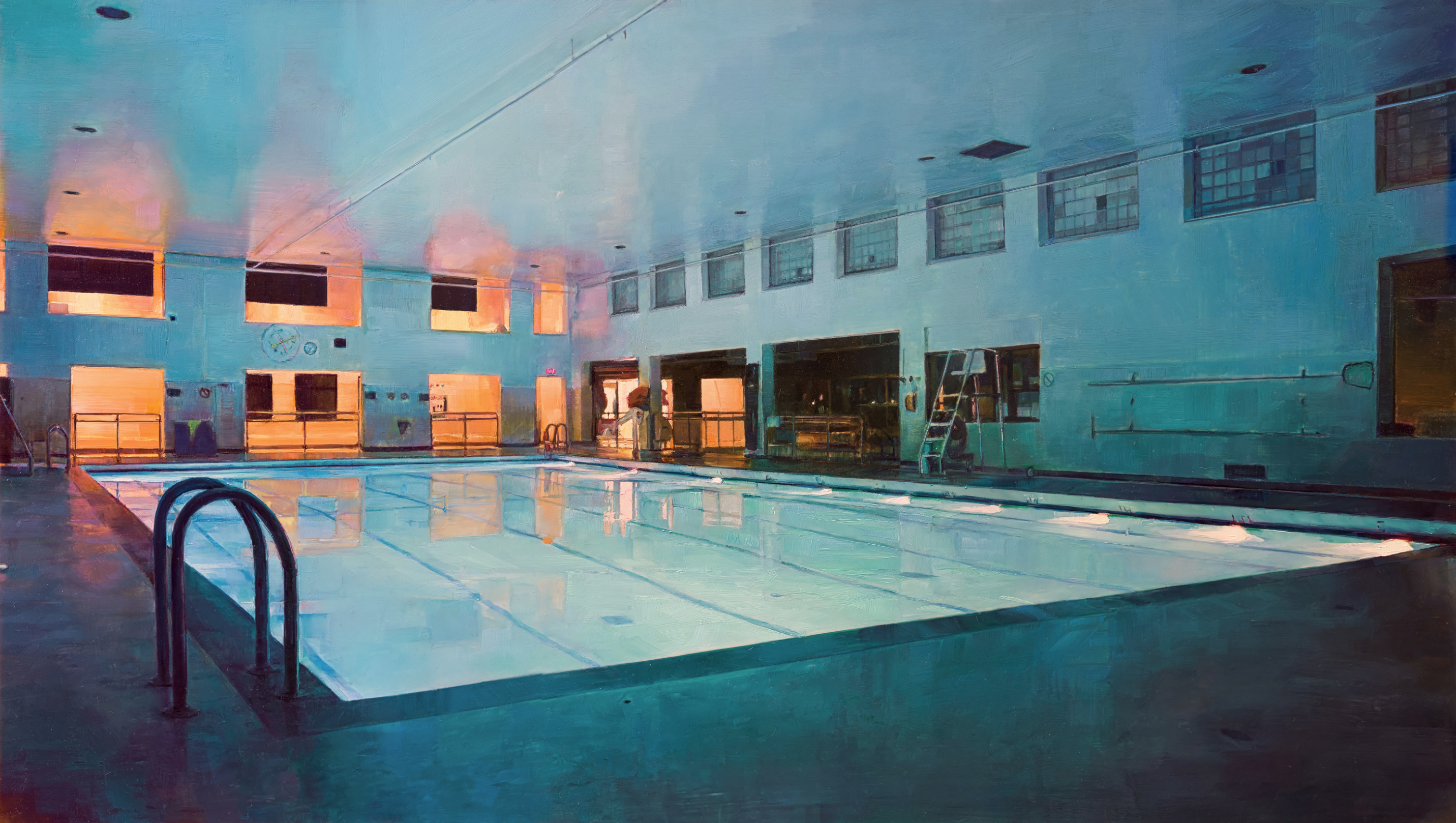
After a couple of years of looking out at the world—from its most recent show telling the story of the new synagogue at Babyn Yar, to Undomesticated, an exhibition about home and belonging, to nichola feldman-kiss’s exploration of migration, displacement, and trauma via the Atlantic Ocean—the latest Koffler Arts exhibition shifts its gaze inward. More specifically, to the building the gallery calls home, Artscape Youngplace, and the artists producing work within it.
Opening February 22, DECADE is a survey exhibition marking the tenth anniversary since the building’s conversion from a shuttered public school at 180 Shaw St. into a vibrant hub for artists and arts organizations—and one of the few in Toronto still left standing. Curated by David Liss, the show features a selection of pieces by artists currently (or until very recently) working out of studios in the Youngplace building, including Ruth Adler, Barbara Astman, Shabnam Ghazi, Vid Ingelevics, Gillian Iles, Carolyn Murphy, Midi Onodera, and Matthew Schofield.
The exhibition arrives at a difficult moment for the building and Artscape. With its many outposts spread across the city—from Gibraltar Point and Bayside Lofts, to the Distillery and Wychwood Barns—Artscape has proven indispensable as a provider of affordable office, gallery, studio, and live-in work spaces for Toronto’s arts community, just as the availability of such spaces has grown scarce. When the 30-year-old not-for-profit suddenly announced last summer it would be filing for bankruptcy protection, it set off a panic among the many artists and organizations dependent on Artscape for space. (In January 2024, after formally applying for receivership, Artscape outlined its transition plan, assuring tenants and communities in many of its buildings they would experience “limited disruption”.)
“Our time in the building has been special,” says Matthew Schofield, one of the artists featured in DECADE, and an occupant of Youngplace since its opening. “It has the character and architecture of an old school, with wide stairwells, hallways, and high ceilings, making it so much more functional for us as artists who create, photograph, package, and move art in and out of our studio space.”
Schofield’s hyperrealistic paintings, drawing on archival source materials, often depict in-between spaces and times—a fitting addition to a show in a building whose future is on the precipice of its next phase. Gillian Iles, his studio mate, also included in DECADE, uses paint, sculpture, and video to portray similarly liminal spaces in a manner that is often ghostly and discomfiting, while remaining hauntingly beautiful. There is something about the way both artists approach their work, and their interests in liminality, that aligns with Liss’s curatorial vision for the exhibition—which is to capture a very specific moment in the present, without any imposed judgment or projected narrative.
Liss, an artist and curator, is best known for his tenure as the artistic director of the Museum of Contemporary Canadian Art (now MOCA), during which he oversaw its move from Queen St. West to a new home on Sterling Road. DECADE, he says, aims more to capture a moment in time—the building as living organism—than try to encapsulate ten years’ worth of work and history, and without the interference of any sort of academic lens. “There were a number of approaches you could take. Like, let’s contact every artist that’s ever had a studio here. We narrowed it down to artists currently, or until recently, working in the building.”
With this kind of survey, the question is always how and whether the works interact. Is there a through line a viewer can grasp onto? “In certain buildings you can see a cross-pollination of ideas,” says Liss. “But, interestingly, in this case, some of these artists don’t know each other and have not met. Others, like Gillian and Matthew, share a studio. Barbara Astman and Midi Onodera are well aware of each other’s work but have rarely, if ever, met.” Only one of the works included in the exhibition is about the building itself—a new video piece by Onodera, a past winner of a Governor General’s Award in Visual and Media Arts.
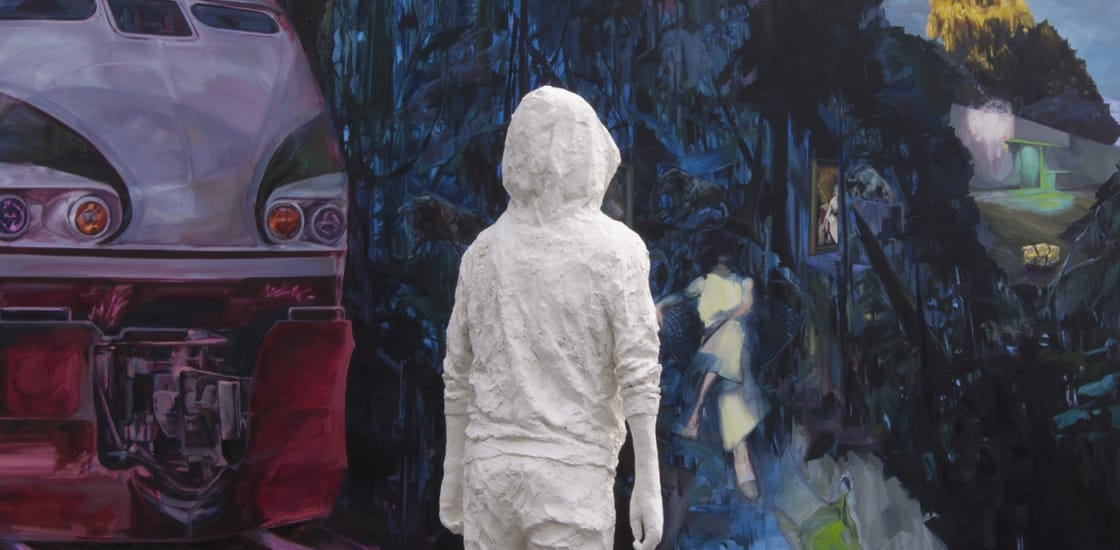
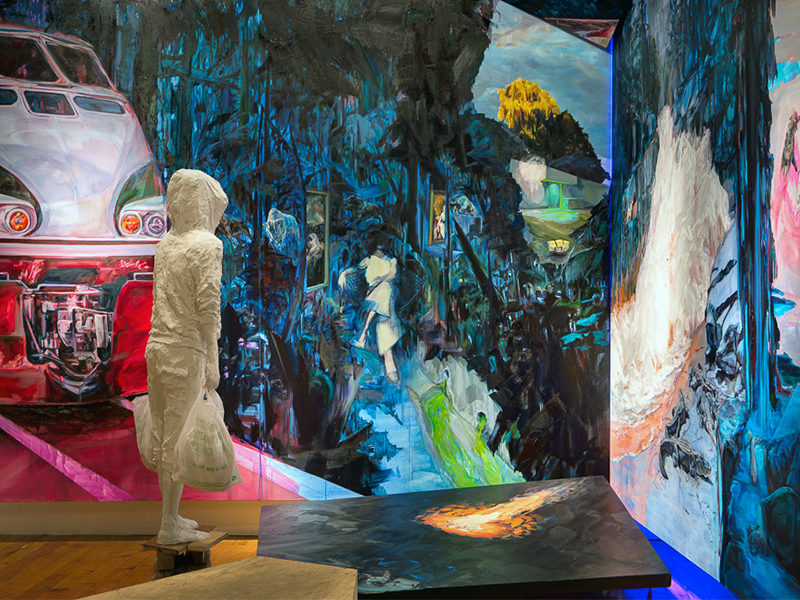
At left, installation detail from you may be a winner (2016) by Gillian Iles; at right, installation view of the same work.
For Liss, to simply celebrate something—a place, a moment—is valid framing for an exhibition. “I know that some might not find that particularly deep,” he says. Just because a survey exhibition avoids a thesis, it needn’t necessarily lack depth. There is the very personal nature and resonance of a studio building to the artists who produce work there. It’s what gives them the space—physically, as well as away from the outside world—to experiment and create. “We were one of the first tenants and have always enjoyed the energy and life in the building,” says Schofield. “It’s rare to find a space like this in the downtown of a major city.”
According to Artscape’s latest update on its receivership, in January 2024, Youngplace on Shaw will be among the properties transferred to a new non-profit entity called ArtHubs Toronto Inc. Supported by funds from the City of Toronto and private philanthropy, the new operator is promising “continuity of service.” Schofield says he is hopeful he will be able to remain at Youngplace, and that it will continue to be used for arts and culture.
While many exhibitions look backwards and are planned years in advance, Liss prefers to work in the now. “They would have everything mapped out to the inch two years before the show. To me, I am just like, where’s the juice, where’s the fun? These things arrive looking fossilized, fixed in time.” Liss says he will leave many of the big curatorial decisions for the day when the show is installed. If something isn’t quite working, it can be sent back to the artist’s studio and swapped for another work. As Liss asks, “Shouldn’t an art show be of its moment?”
DECADE opens at the Koffler Gallery February 22 and runs until May 12.



